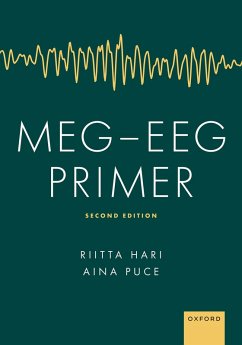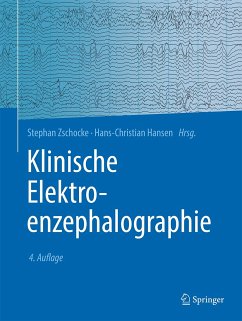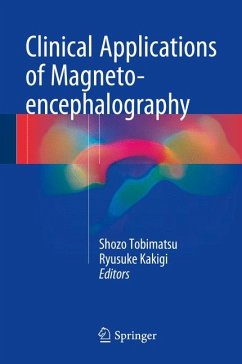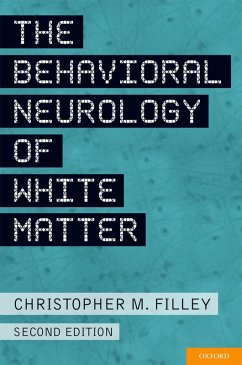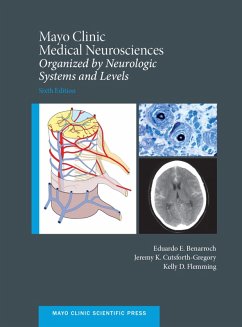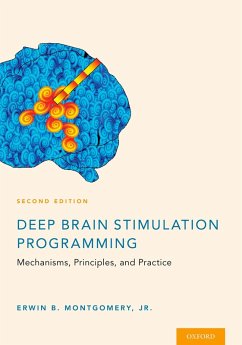
MEG-EEG Primer (eBook, PDF)
Versandkostenfrei!
Sofort per Download lieferbar
53,95 €
inkl. MwSt.
Weitere Ausgaben:

PAYBACK Punkte
27 °P sammeln!
Magnetoencephalography (MEG) and electroencephalography (EEG) provide complementary views to the neurodynamics of healthy and diseased human brains. Both methods are totally noninvasive and can track with millisecond temporal resolution spontaneous brain activity, evoked responses to various sensory stimuli, as well as signals associated with the performance of motor, cognitive and affective tasks. MEG records the magnetic fields, and EEG the potentials associated with the same neuronal currents, which however are differentially weighted due to the physical and physiological differences betwee...
Magnetoencephalography (MEG) and electroencephalography (EEG) provide complementary views to the neurodynamics of healthy and diseased human brains. Both methods are totally noninvasive and can track with millisecond temporal resolution spontaneous brain activity, evoked responses to various sensory stimuli, as well as signals associated with the performance of motor, cognitive and affective tasks. MEG records the magnetic fields, and EEG the potentials associated with the same neuronal currents, which however are differentially weighted due to the physical and physiological differences between the methods. MEG is rather selective to activity in the walls of cortical folds, whereas EEG senses currents from the cortex (and brain) more widely, making it harder to pinpoint the locations of the source currents in the brain. Another important difference between the methods is that skull and scalp dampen and smear EEG signals, but do not affect MEG. Hence, to fully understand brain function, information from MEG and EEG should be combined. Additionally, the excellent neurodynamical information these two methods provide can be merged with data from other brain-imaging methods, especially functional magnetic resonance imaging where spatial resolution is a major strength. MEG-EEG Primer is the first-ever volume to introduce and discuss MEG and EEG in a balanced manner side-by-side, starting from their physical and physiological bases and then advancing to methods of data acquisition, analysis, visualization, and interpretation. The authors pay special attention to careful experimentation, guiding readers to differentiate brain signals from various artifacts and to assure that the collected data are reliable. The book weighs the strengths and weaknesses of MEG and EEG relative to one another and to other methods used in systems, cognitive, and social neuroscience. The authors also discuss the role of MEG and EEG in the assessment of brain function in various clinical disorders. The book aims to bring members of multidisciplinary research teams onto equal footing so that they can contribute to different aspects of MEG and EEG research and to be able to participate in future developments in the field.
Dieser Download kann aus rechtlichen Gründen nur mit Rechnungsadresse in A, B, BG, CY, CZ, D, DK, EW, E, FIN, F, GR, HR, H, IRL, I, LT, L, LR, M, NL, PL, P, R, S, SLO, SK ausgeliefert werden.




